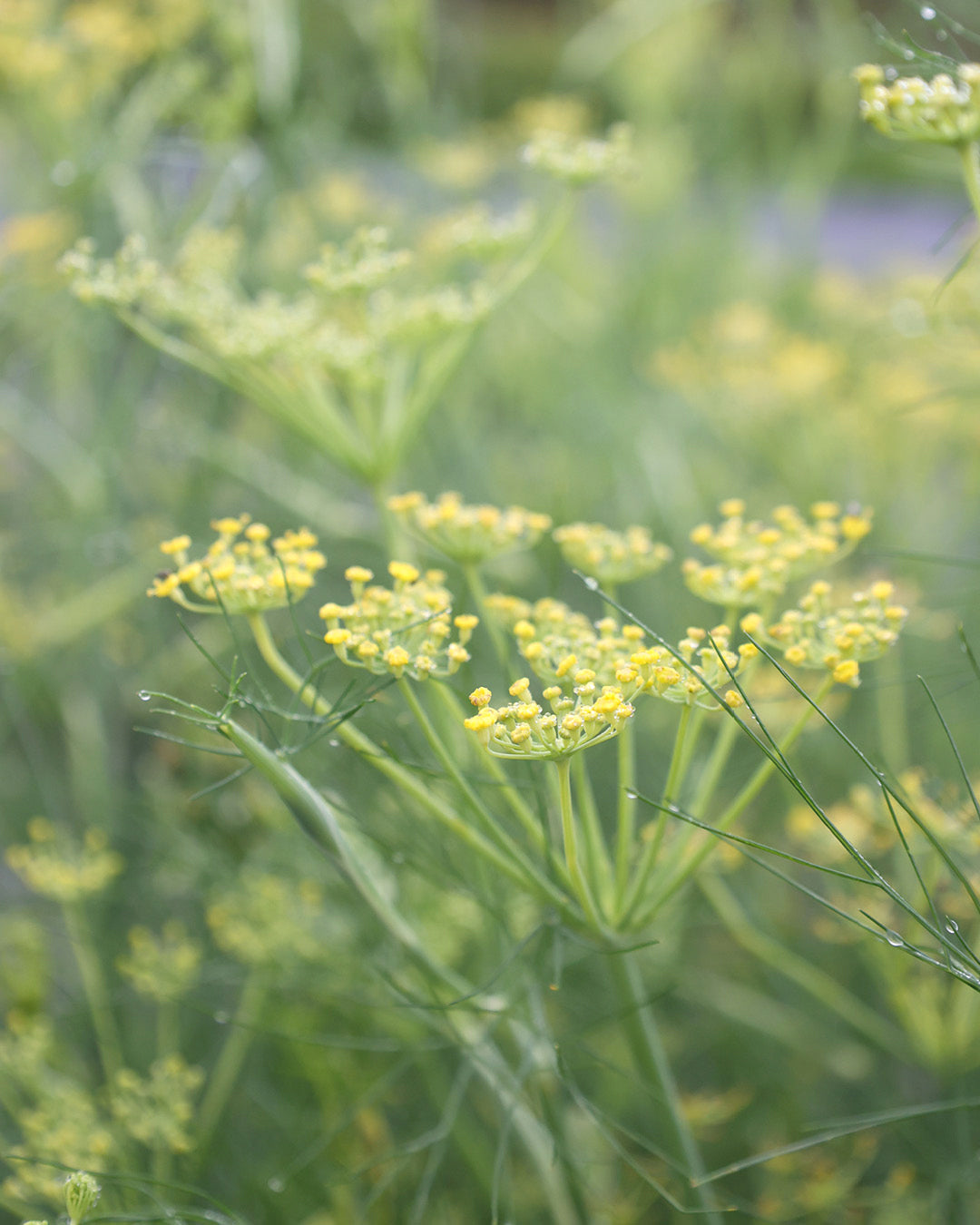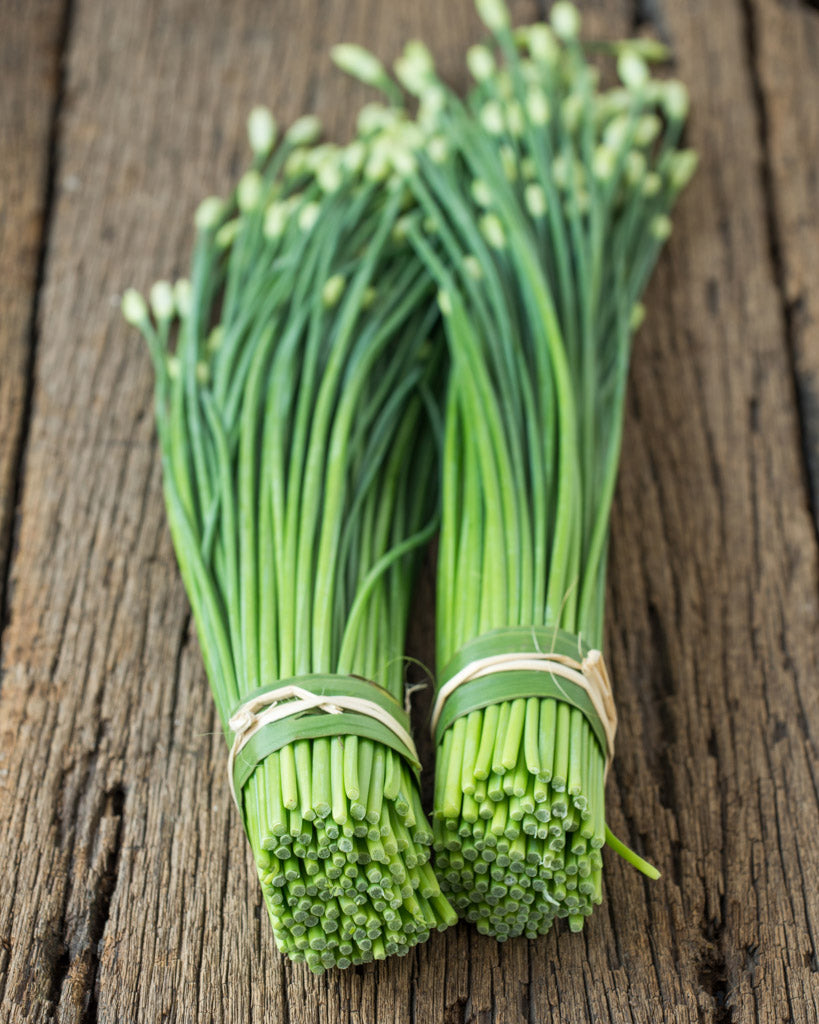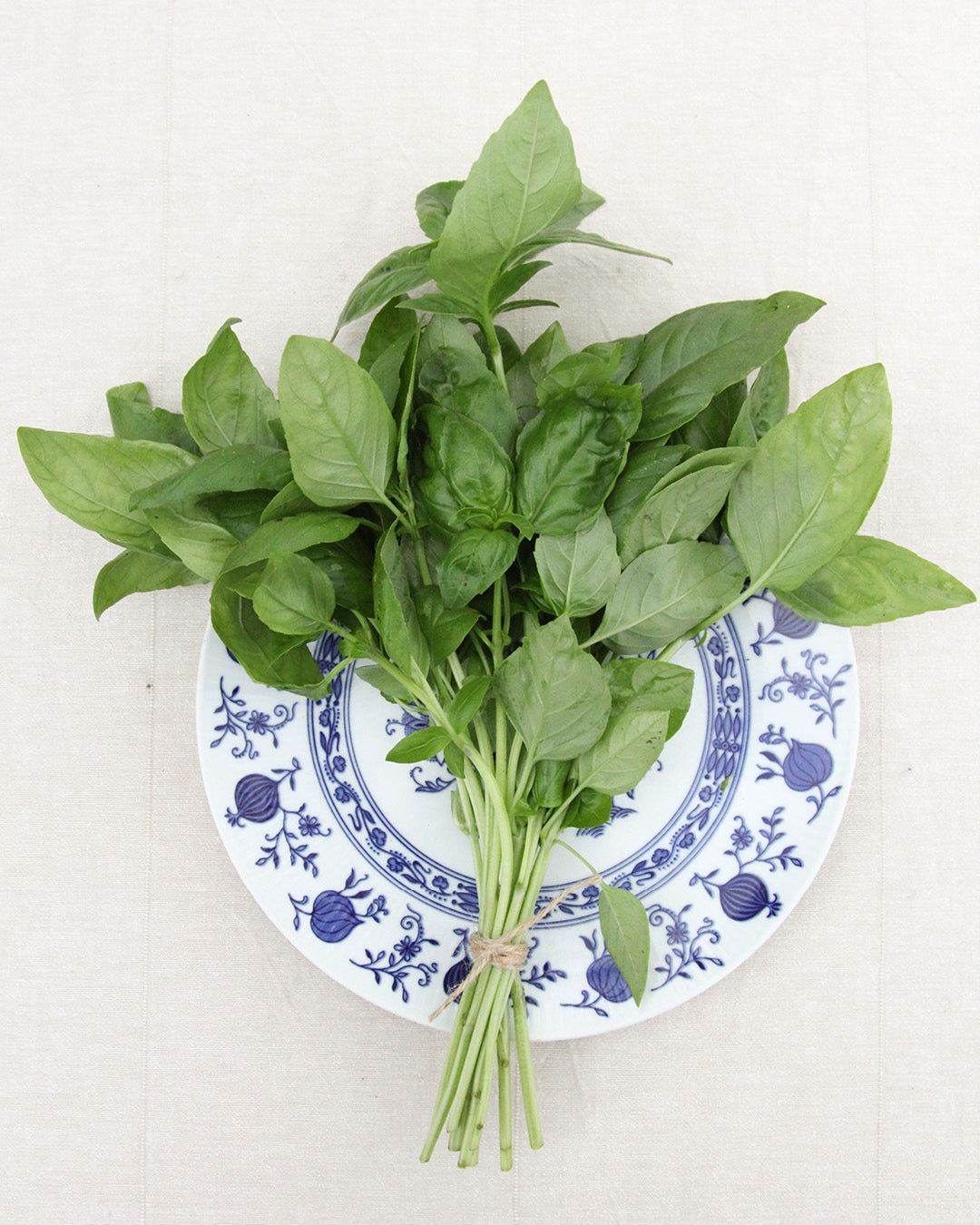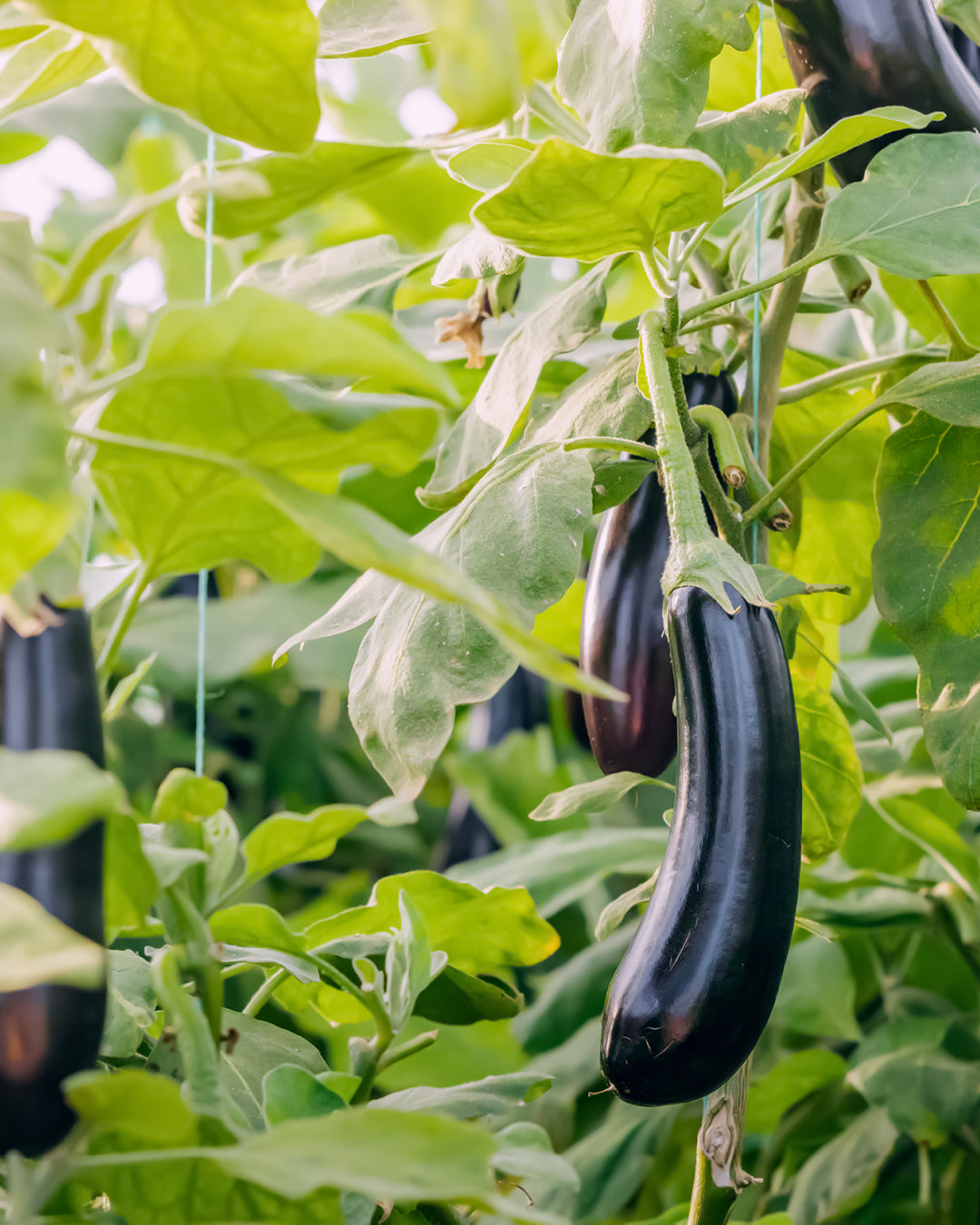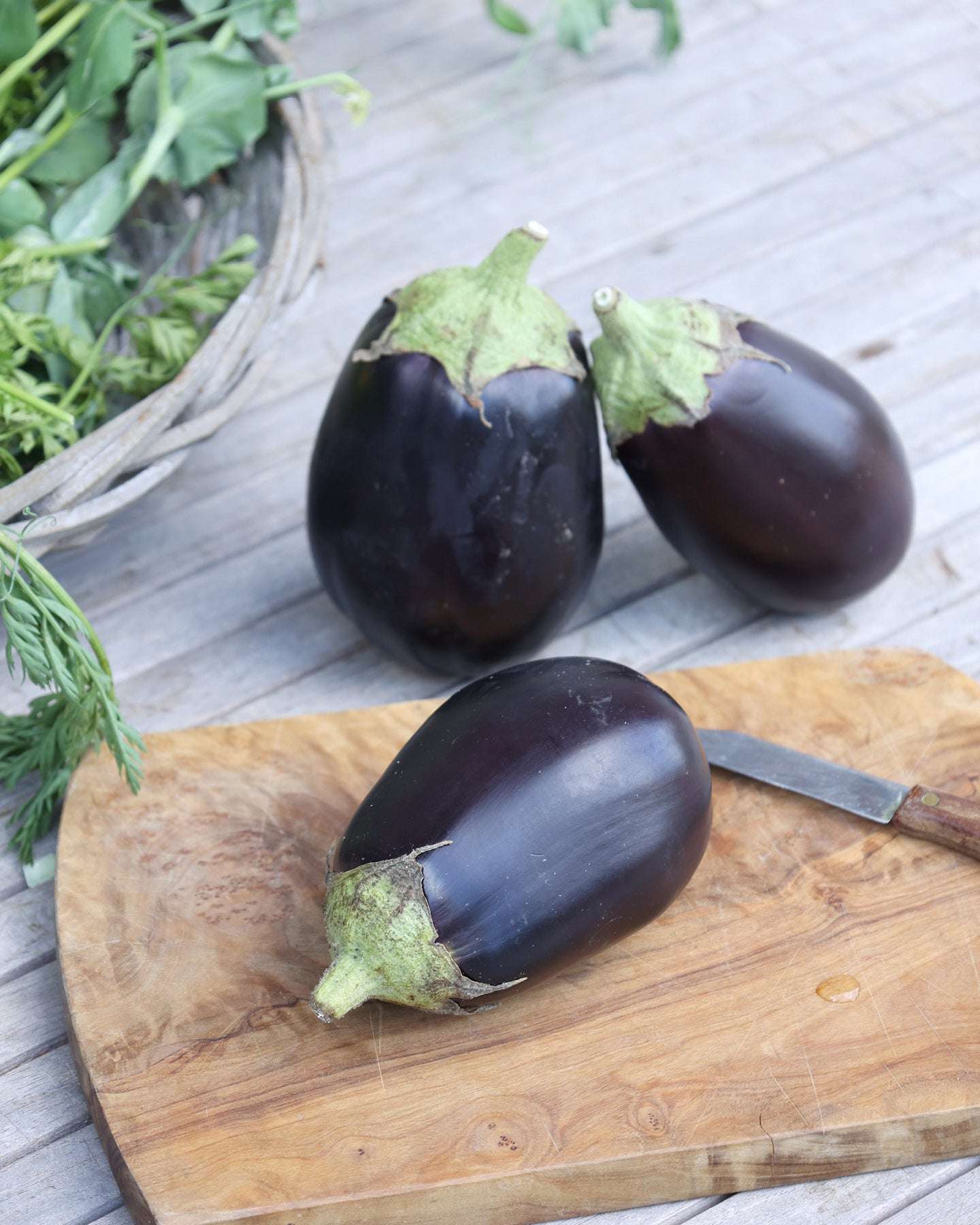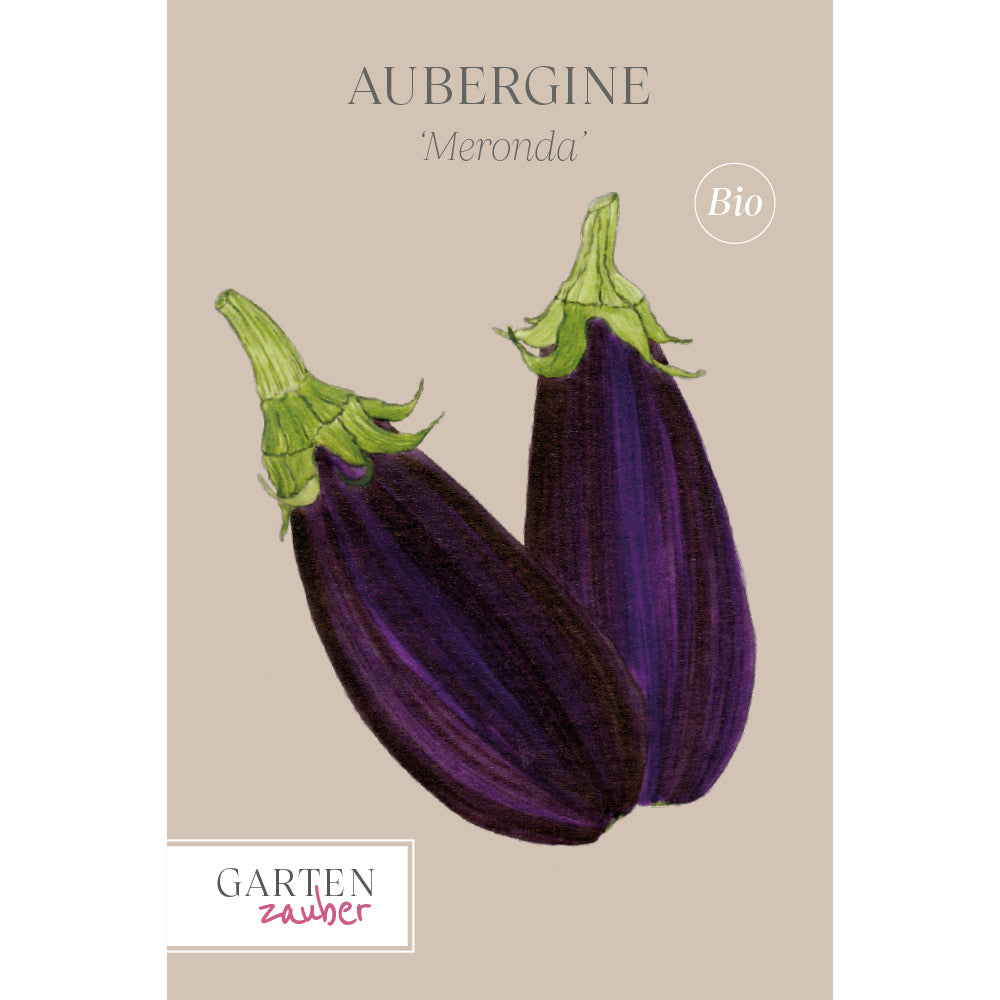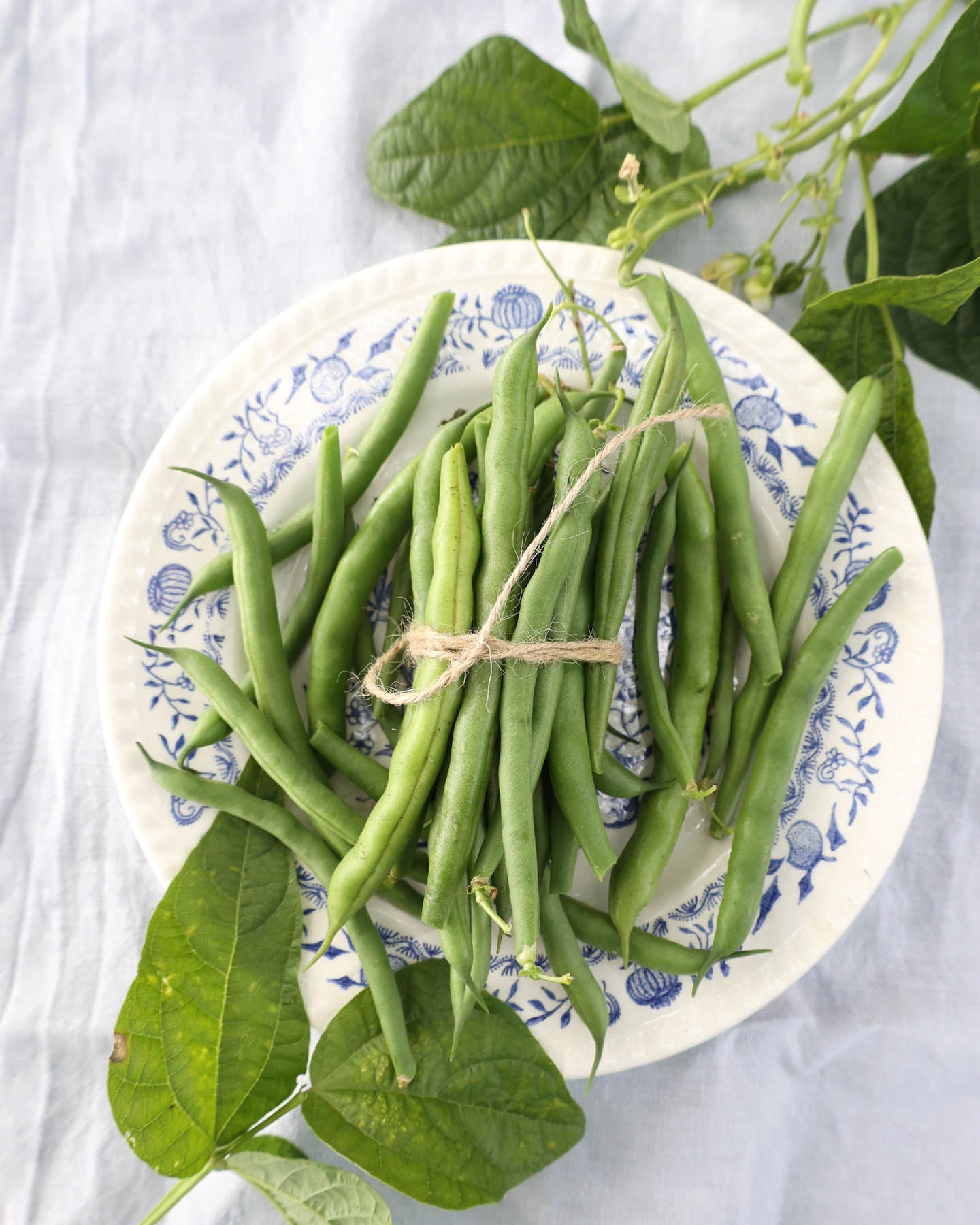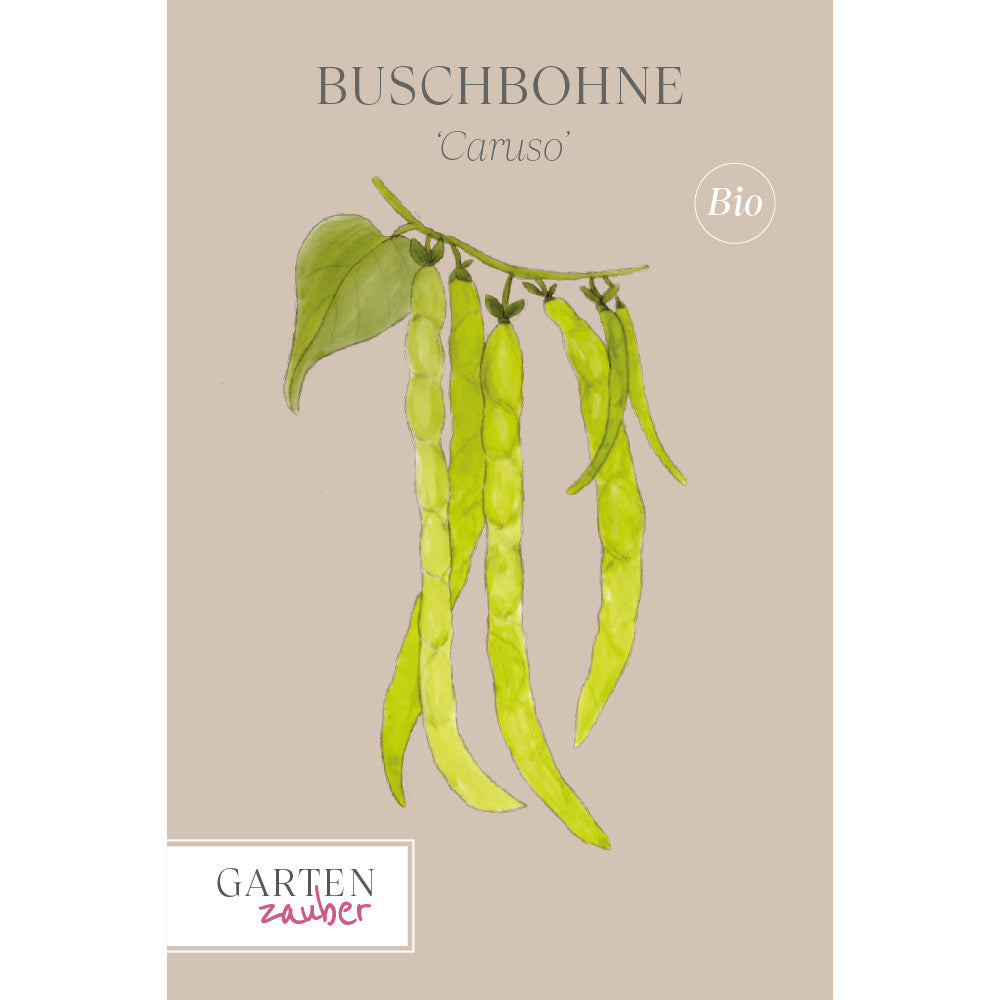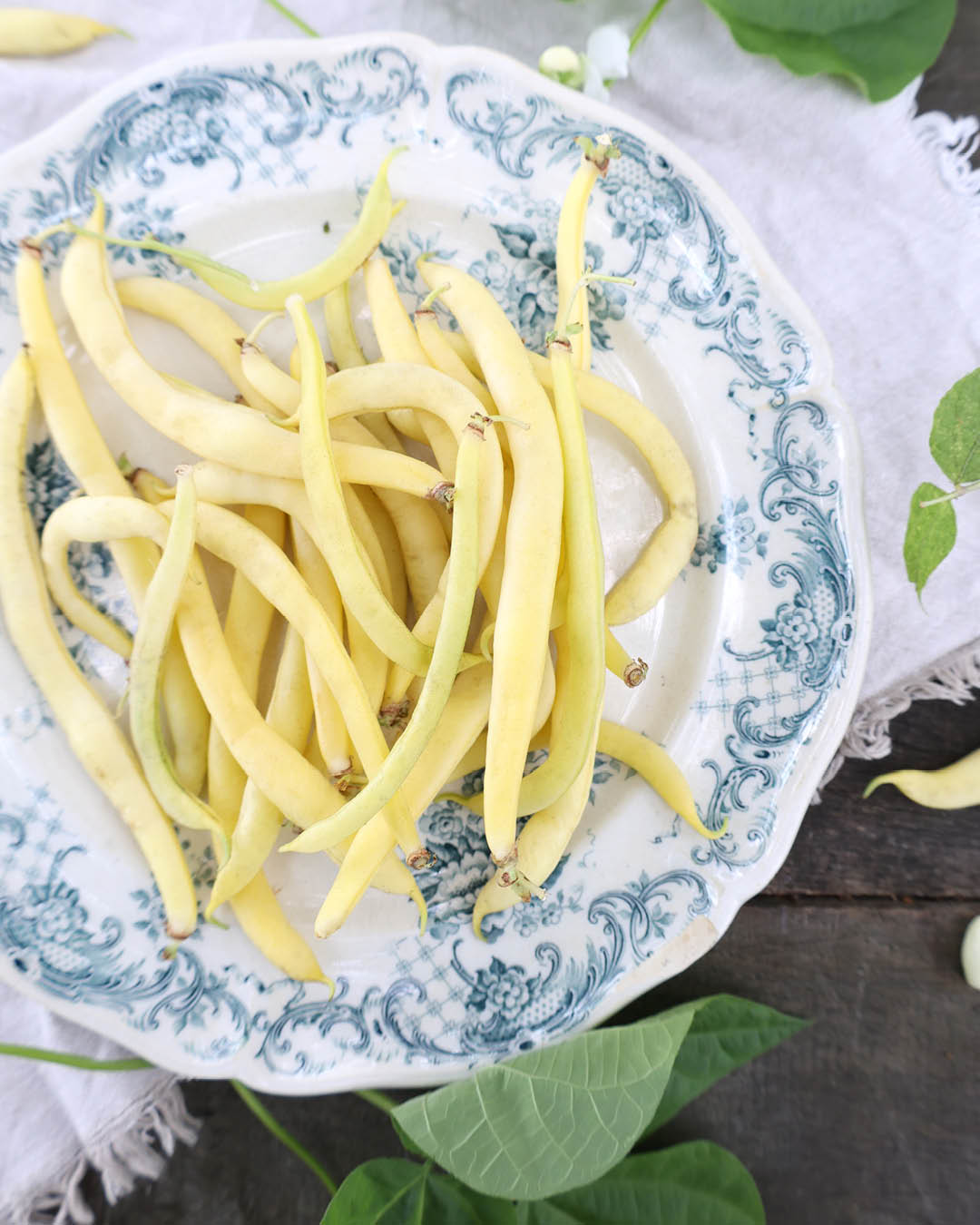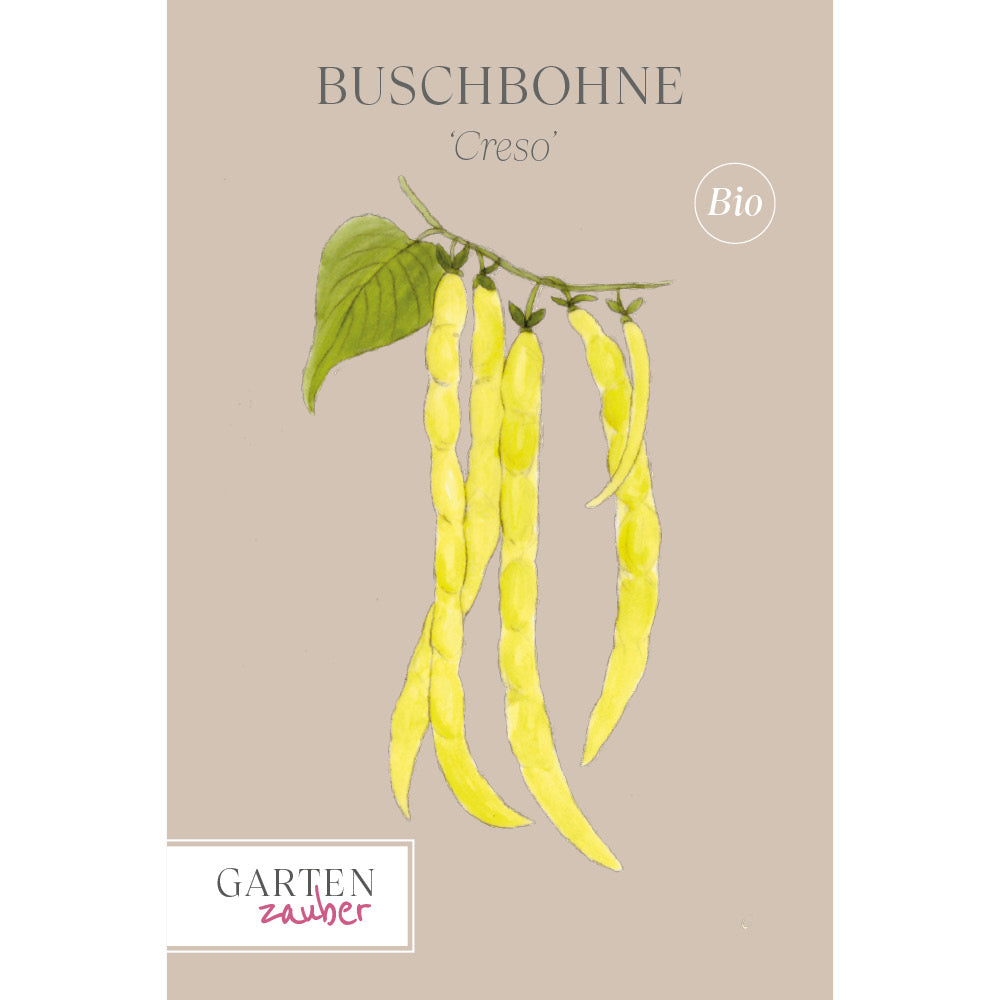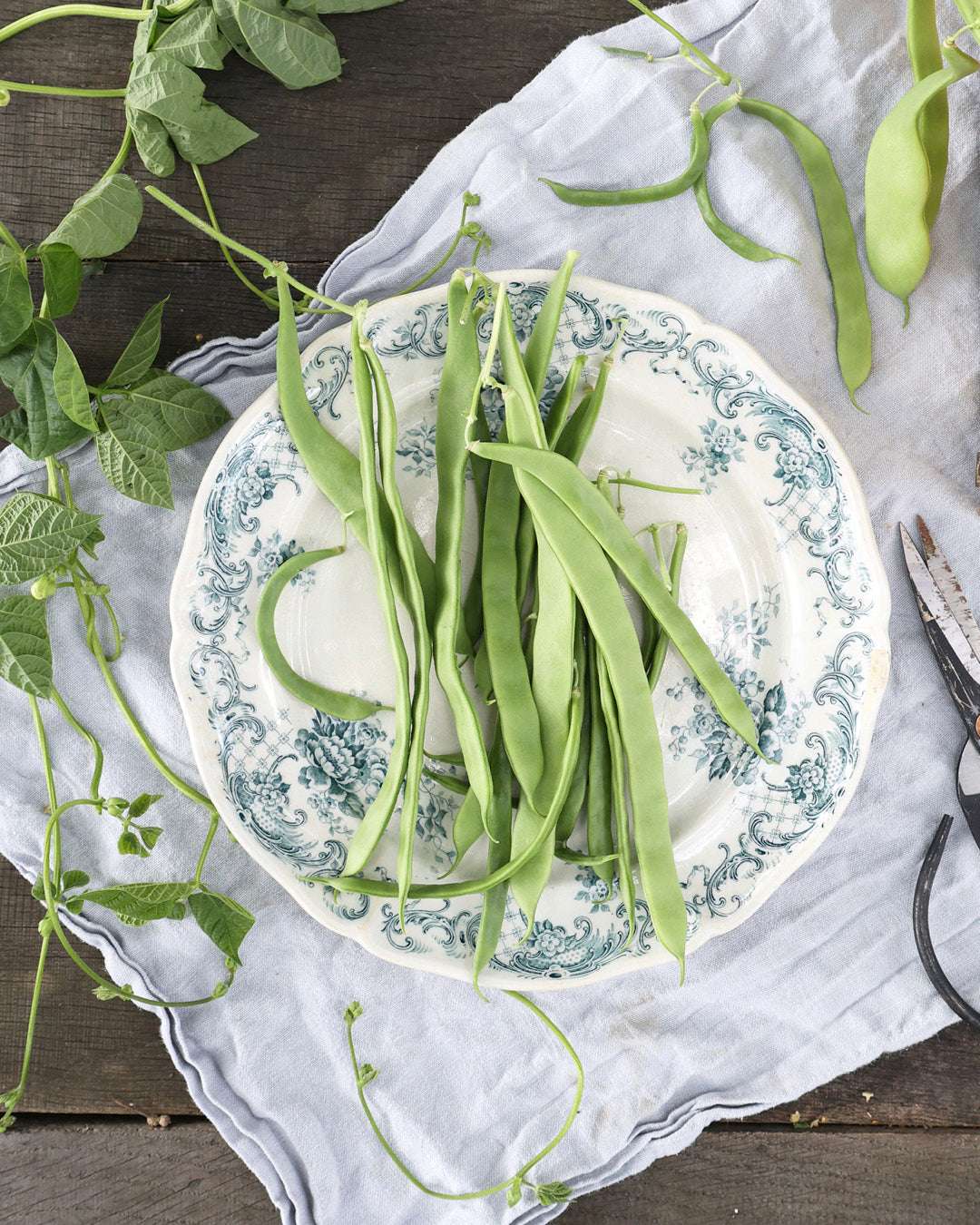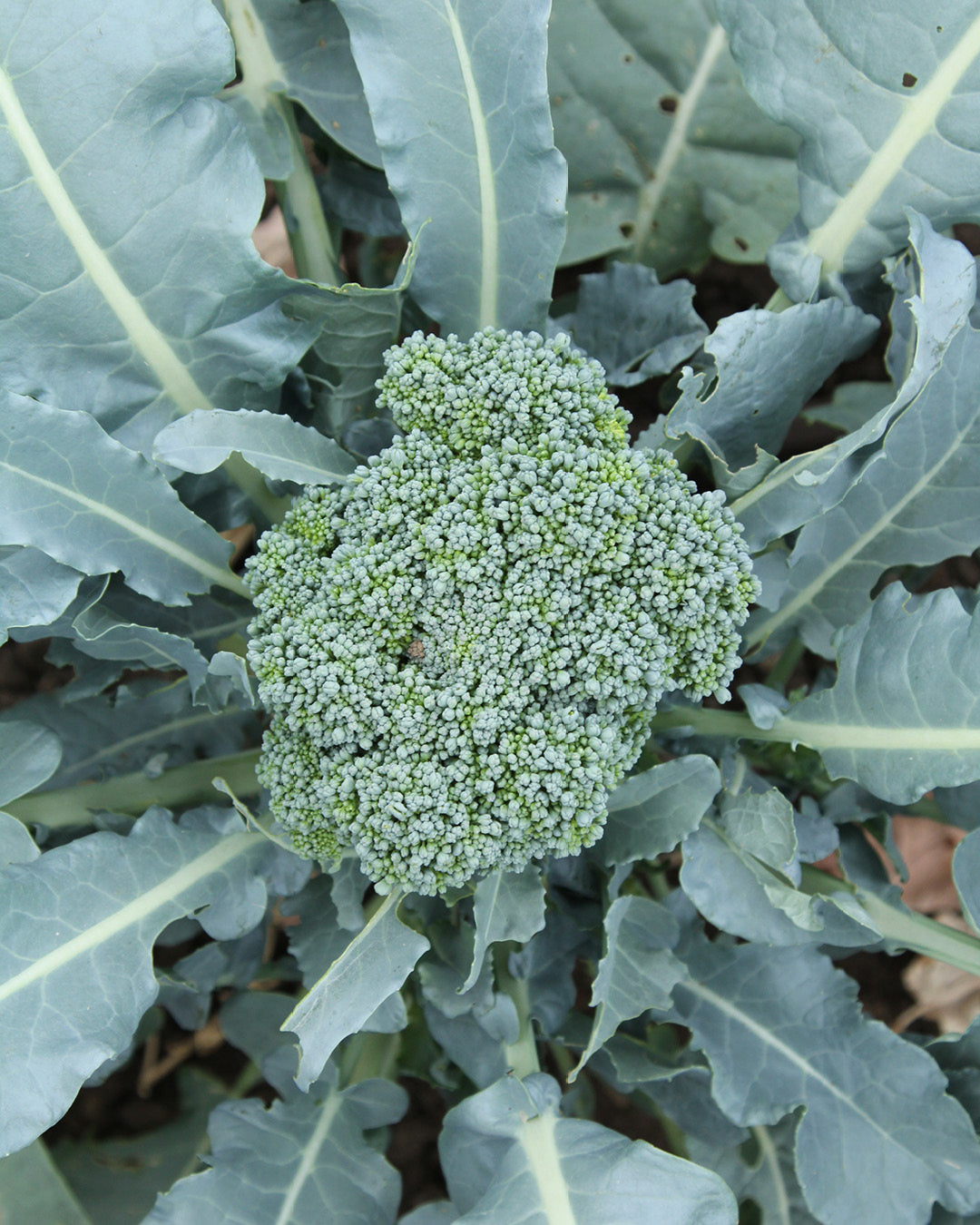Propagating houseplants
There are many reasons for propagating plants. Sometimes plants are simply past their prime, or perhaps you want to give part of your favorite plant to a friend. Many houseplants can be propagated using cuttings or offshoots. We'll show you how!
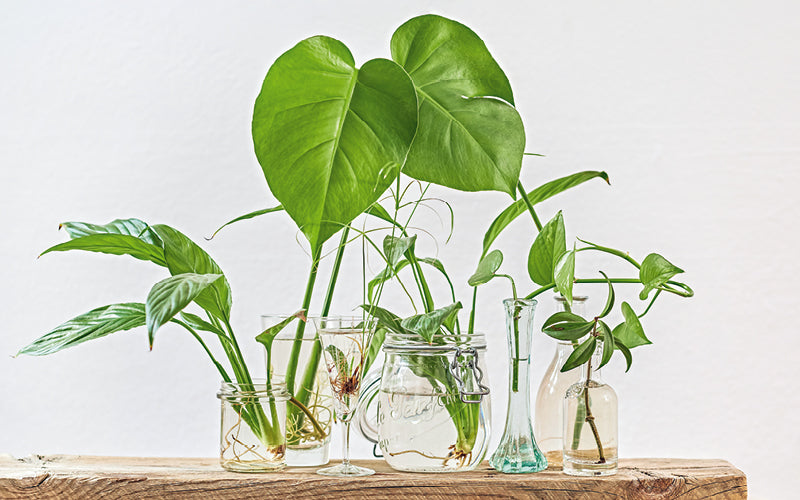
There are two easy ways to propagate your houseplants.
Cuttings
To do this, you cut a section of the mother plant's shoot. This section is called a cutting and should be taken directly near a node. A node is a slightly thicker area on the plant's shoot where there is a particularly large amount of dividing tissue. This tissue is important for later root formation. Therefore, it's best to cut the cutting directly below the node.
offshoot
Many houseplants eventually develop side shoots that look exactly like the parent plant, but aren't fully grown yet. These shoots are also called offshoots or runners. They often originate from the main stem of the parent plant and are connected to the root base. However, some offshoots also develop at the end of a stem and already form their own roots.

Propagation with cuttings using the example of the ivy plant
A ivy plant can develop very long arms over its lifetime, making them ideal for taking cuttings.
To do this, cut two to three leaf nodes from one of these long plant shoots. You can identify the leaf nodes by the thickened areas on the shoot or by the small, knob-like growths on the shoots. Make sure you have at least one or two of these on your cutting.
You can now place the freshly cut cutting in a glass of water or plant it directly in the soil. One of the nodes should be at least submerged in water or in the soil, as this is where the ivy plant forms most of its roots. You should replace the water with fresh water once a week.
After just a few days you can see new white roots forming!
Propagation by cuttings also works very well with Monstera or some Ficus species such as Ficus benjamini.
Propagation with cuttings using the example of the spider plant
The easiest way to propagate a spider plant is to take cuttings. These are formed from the long flowering stems and are almost fully formed, small, independent plants. They simply need to be separated, potted, and watered.
Some of these cuttings have already formed their own roots. This will, of course, be faster. Separate the cuttings just above the main stem. If there are no roots yet, you can first place them in a glass of water, similar to the way you would with the ivy plant. Make sure the entire lower root area is well submerged. If a few roots have already formed, you can also plant them directly in a pot of soil and water thoroughly.
← vorheriger Post: Miracle plant money tree

The content of this article is from the book:
Jonas Wegener, Hanne Wandrey
Living, loving, watering – everything about houseplants
The handbook for care, interior design and much more
Price: 15,00 €
ISBN: 978-3-96093-580-3
EMF Publishing
In "Live, Love, Water," you'll learn everything you need to know about houseplants. All plants, from foliage to succulents to cacti, are explained in portraits. There are also design tips for transforming your home into an impressive plant oasis.

